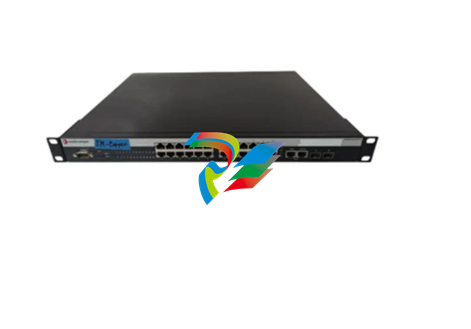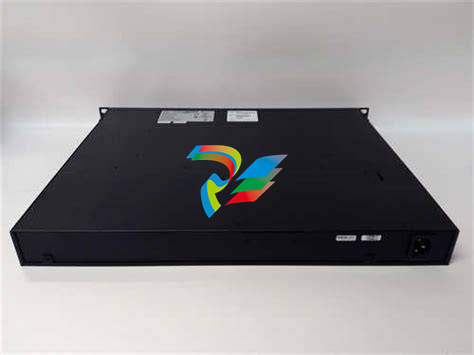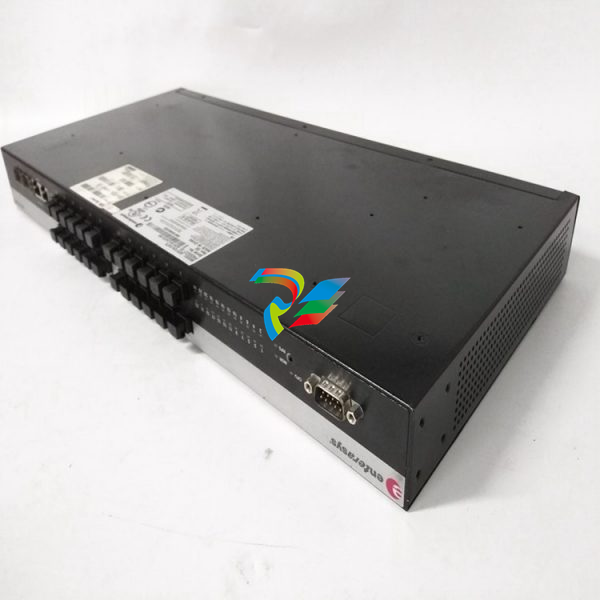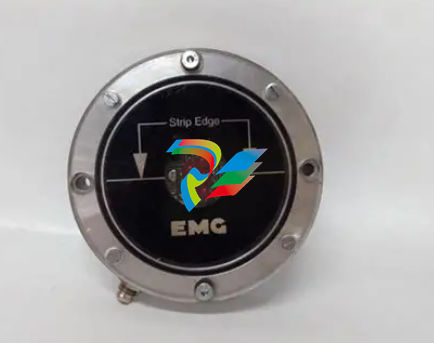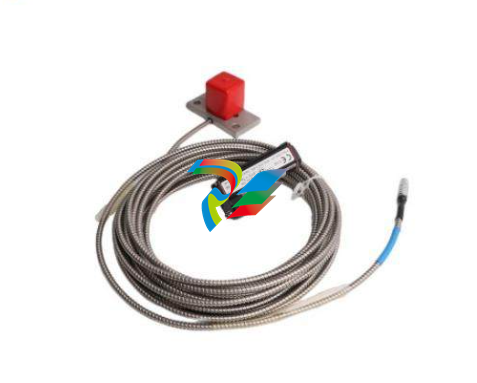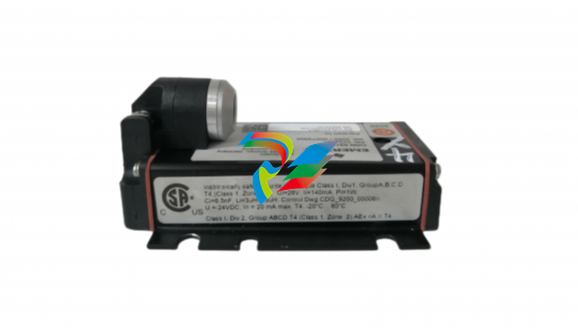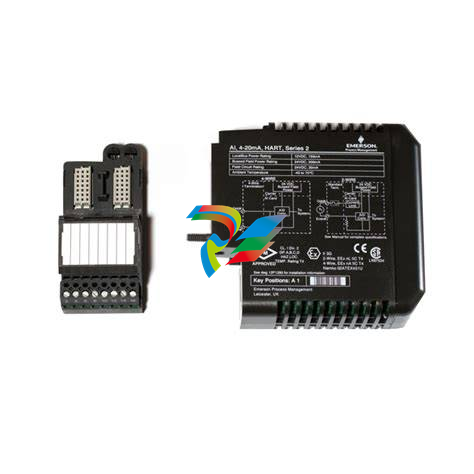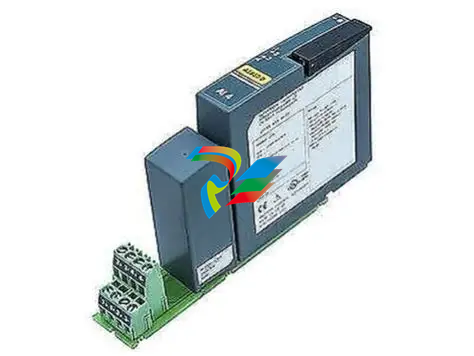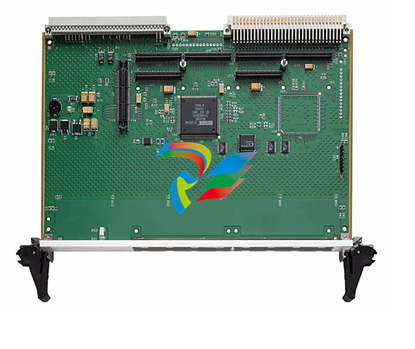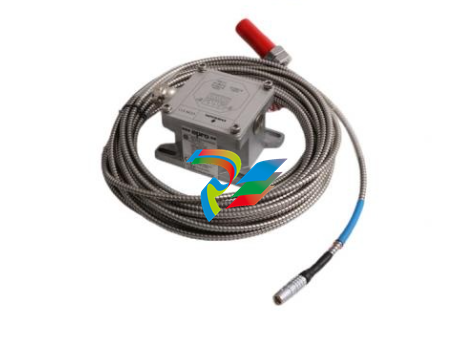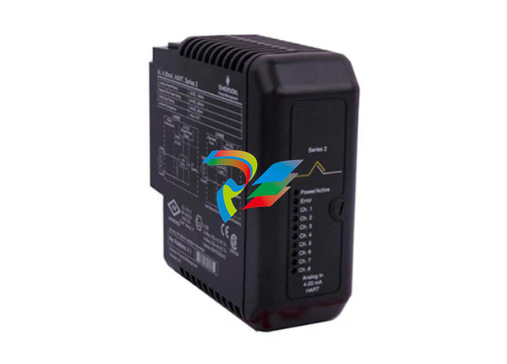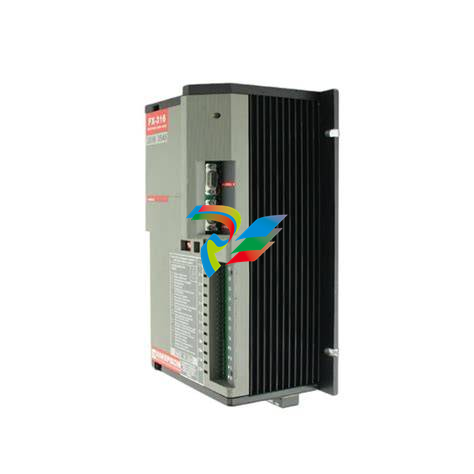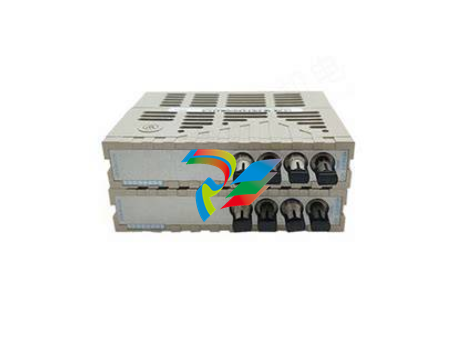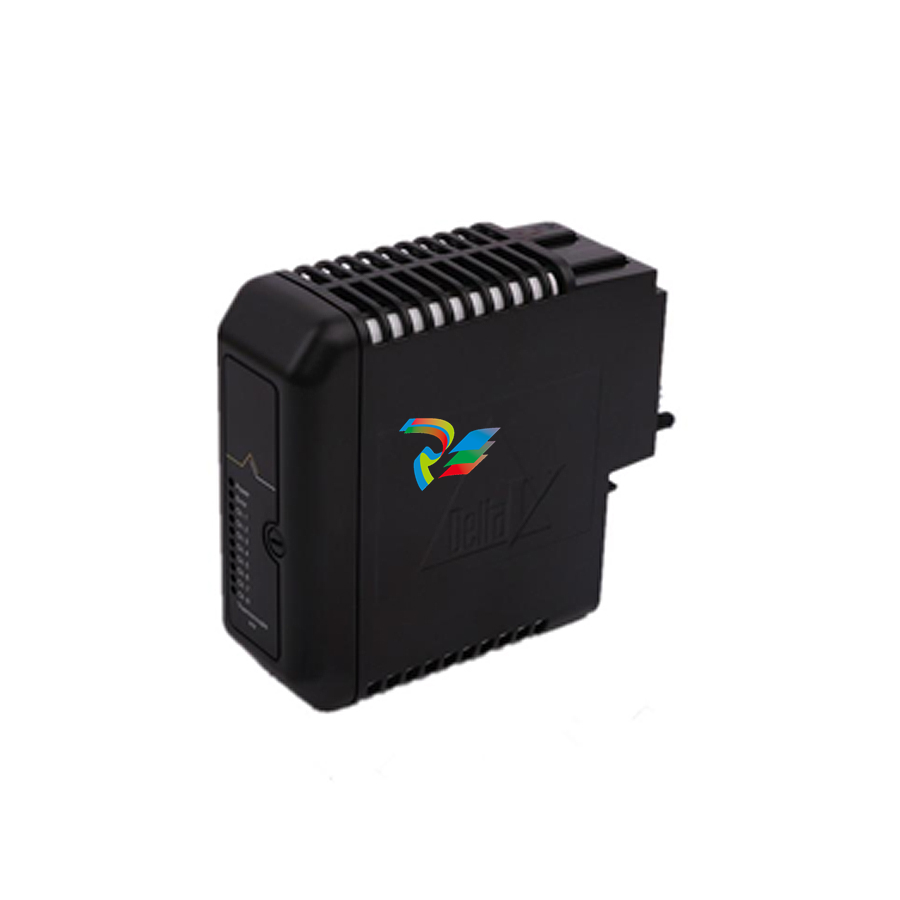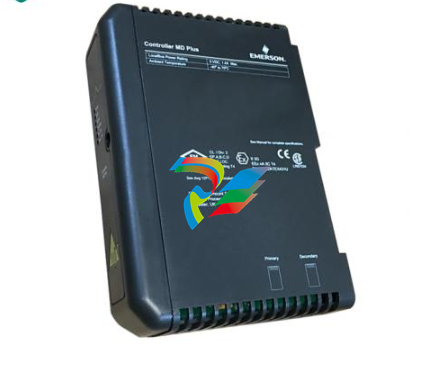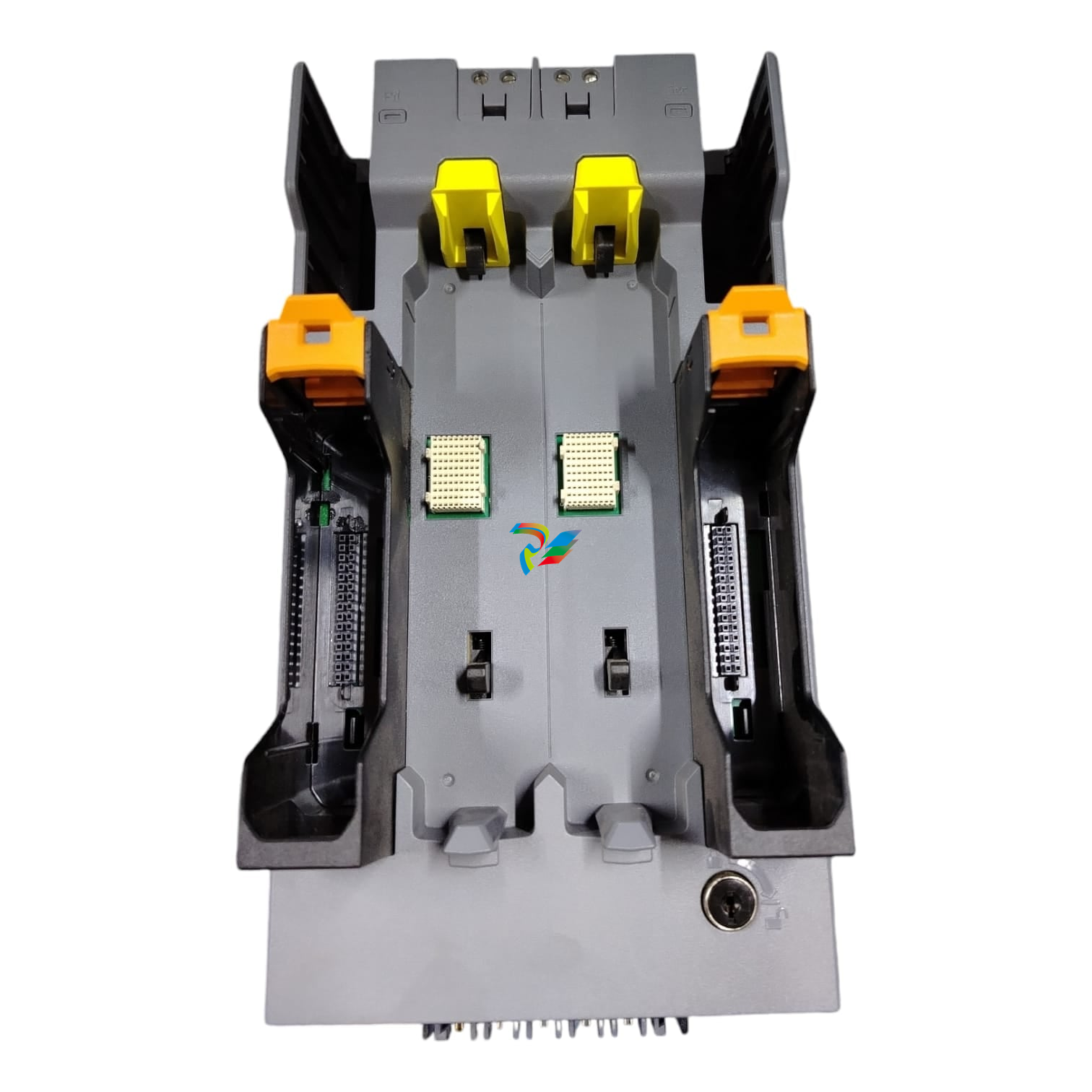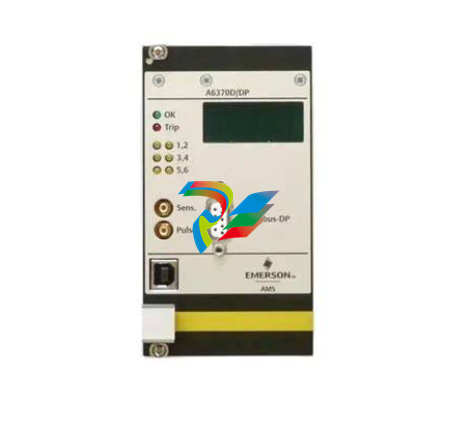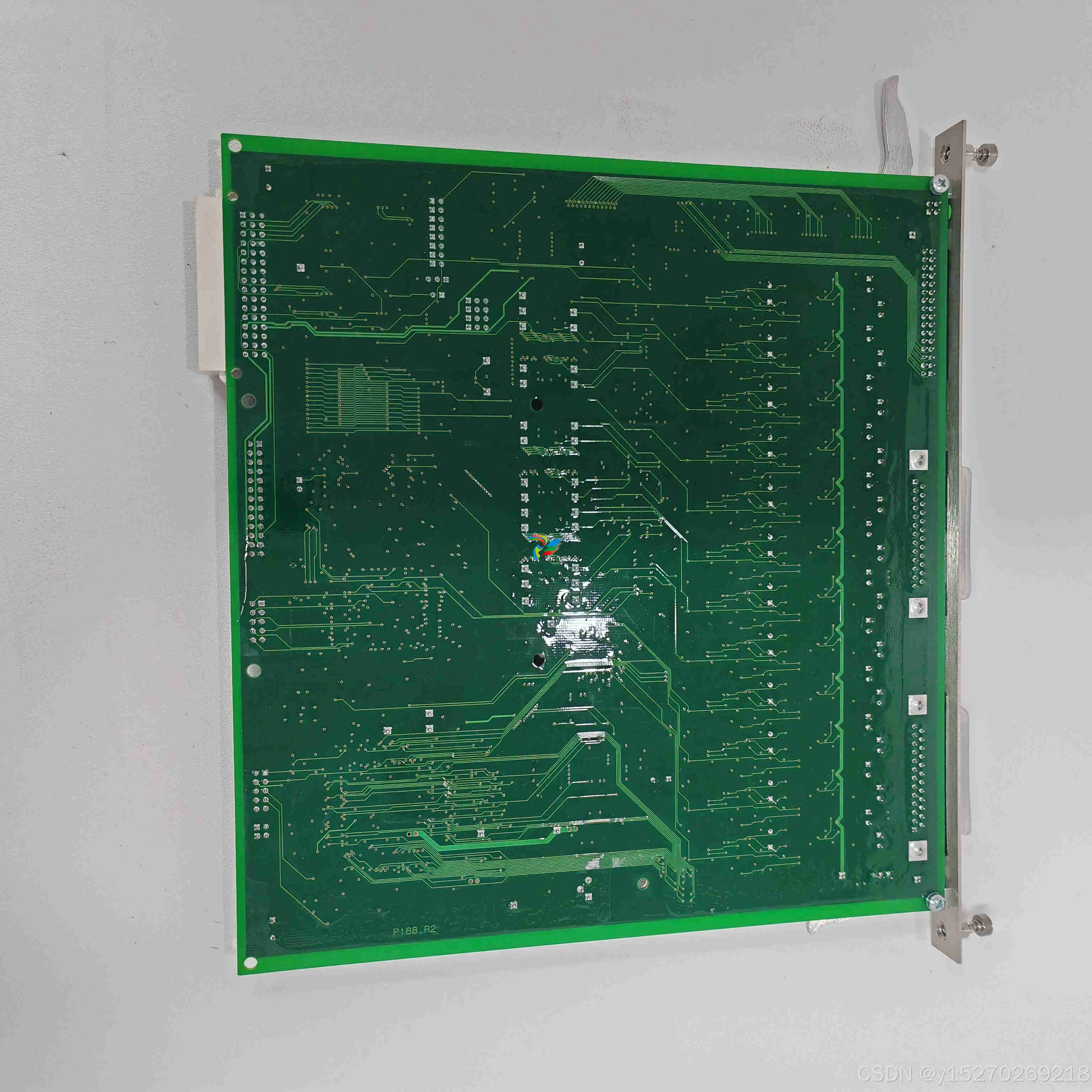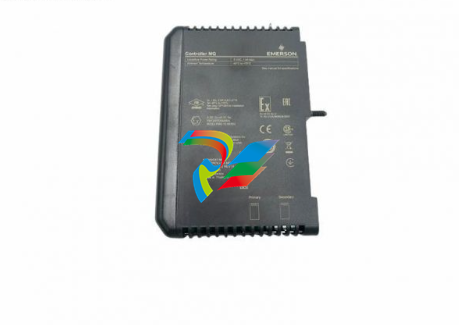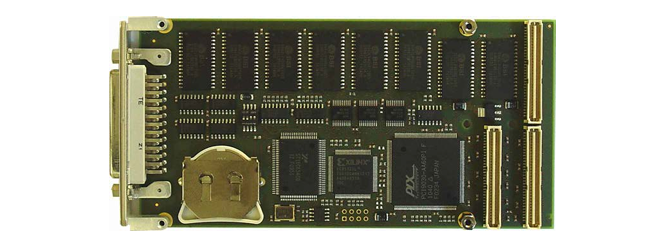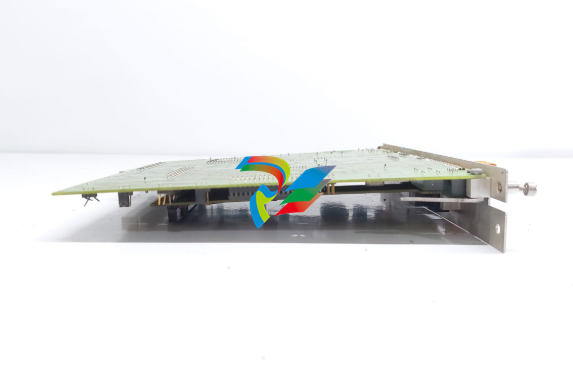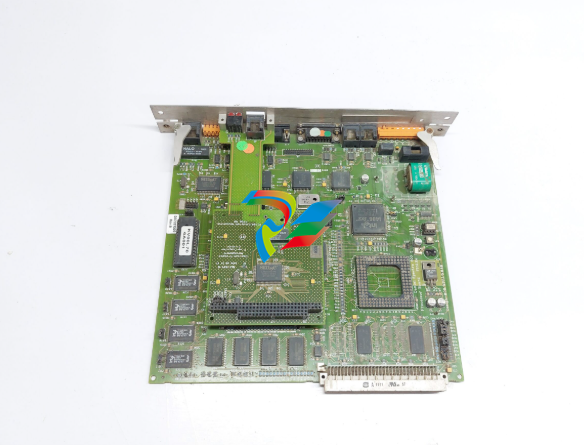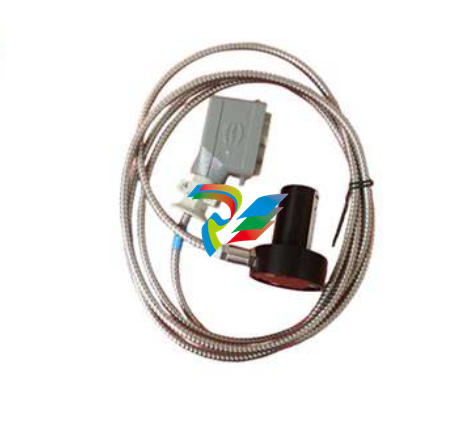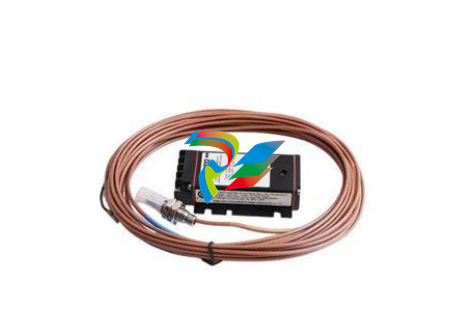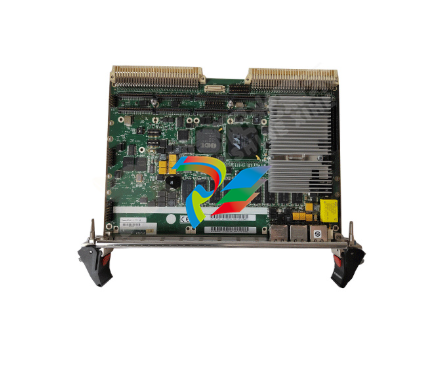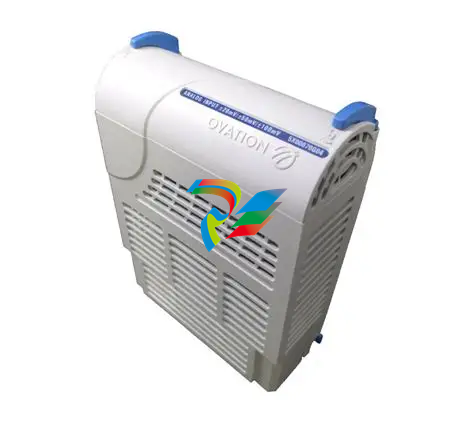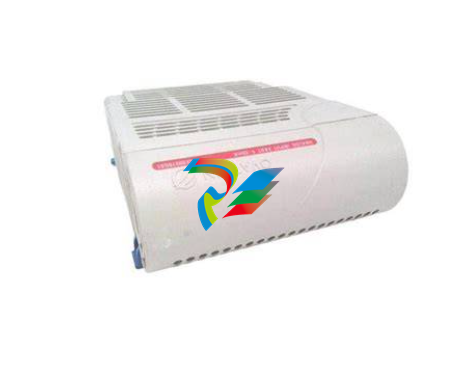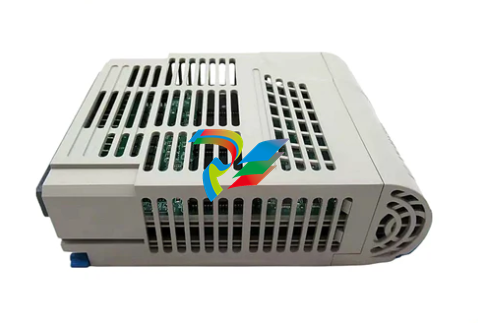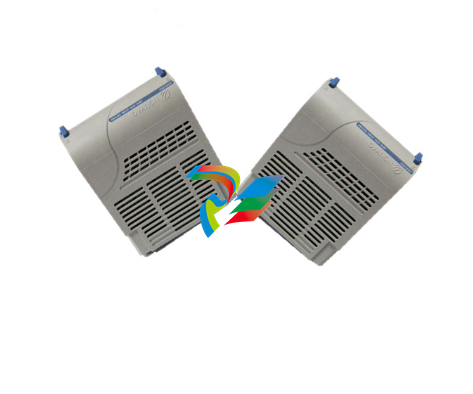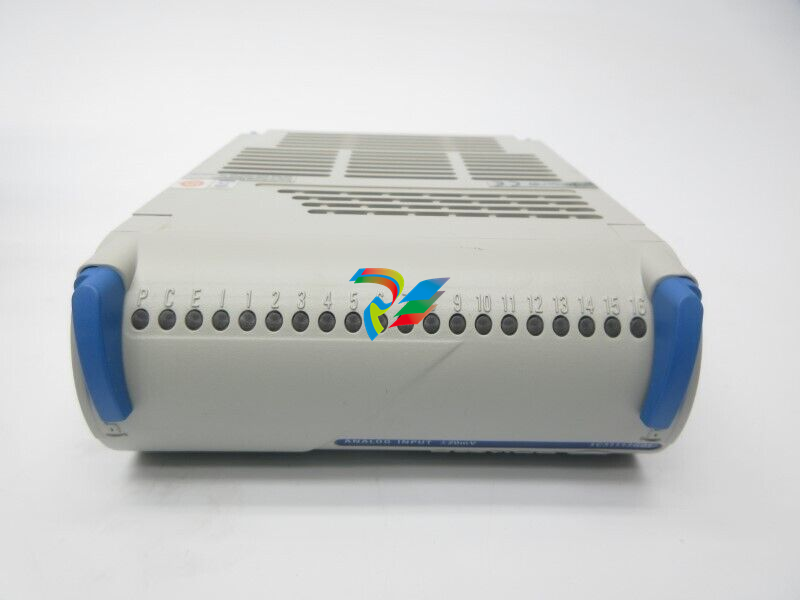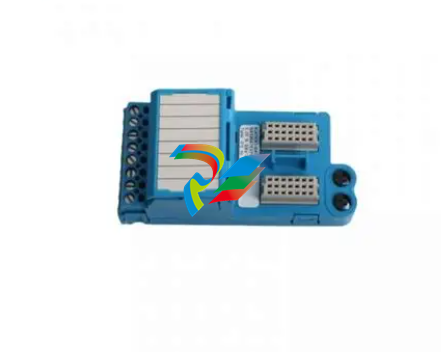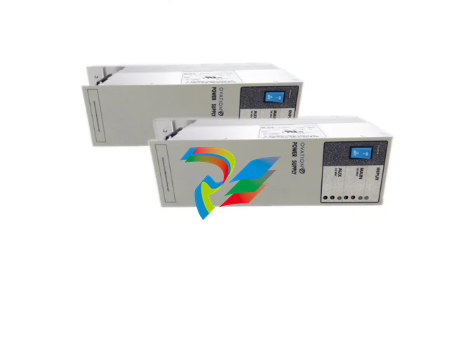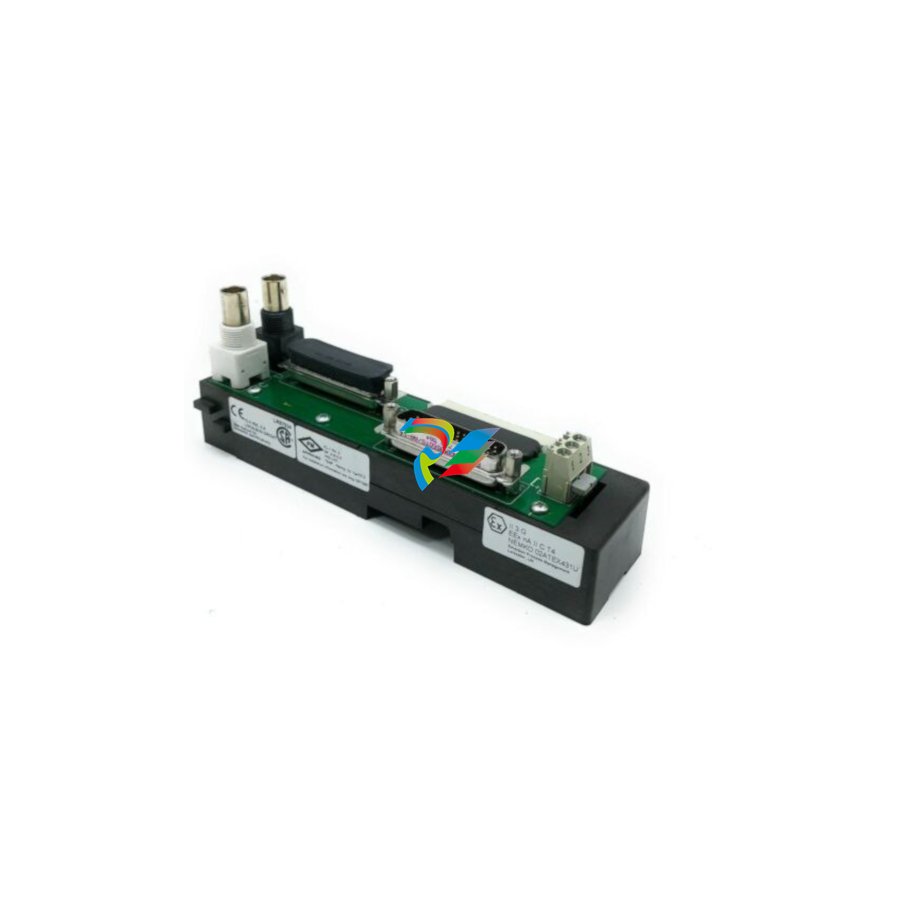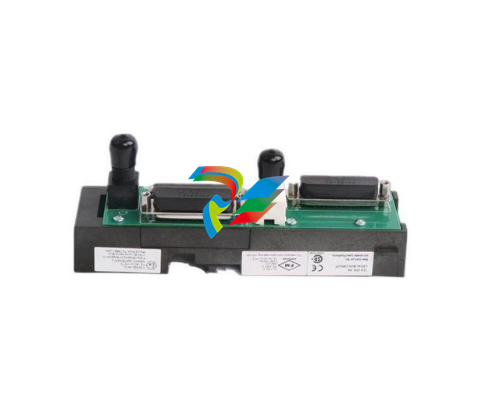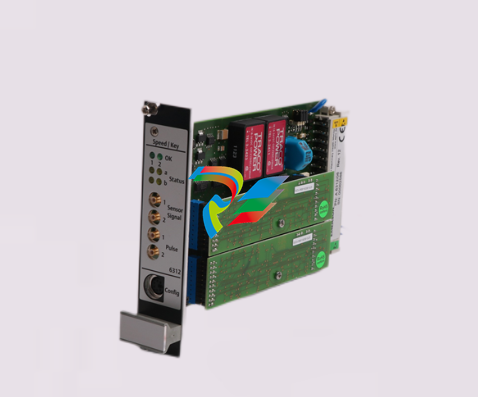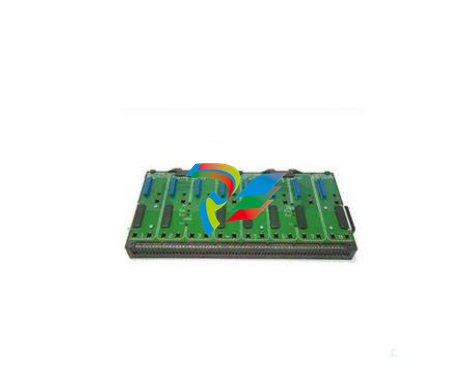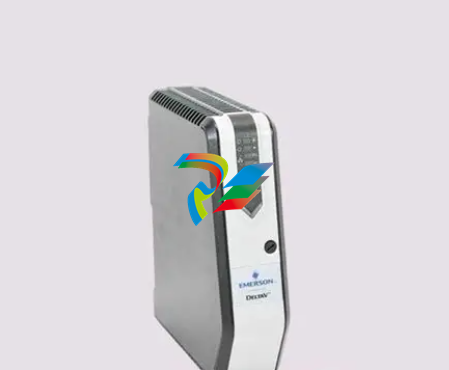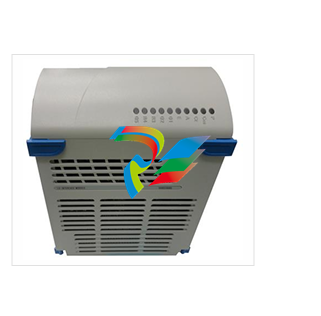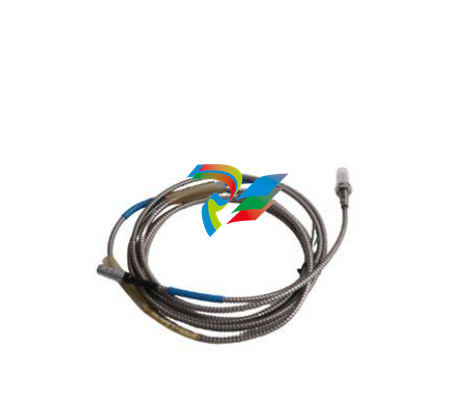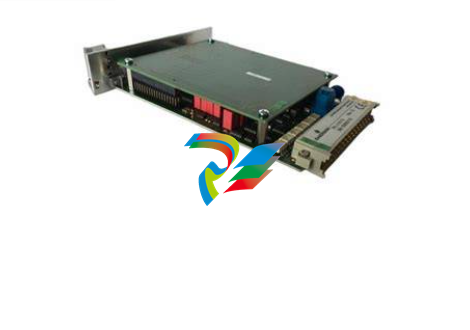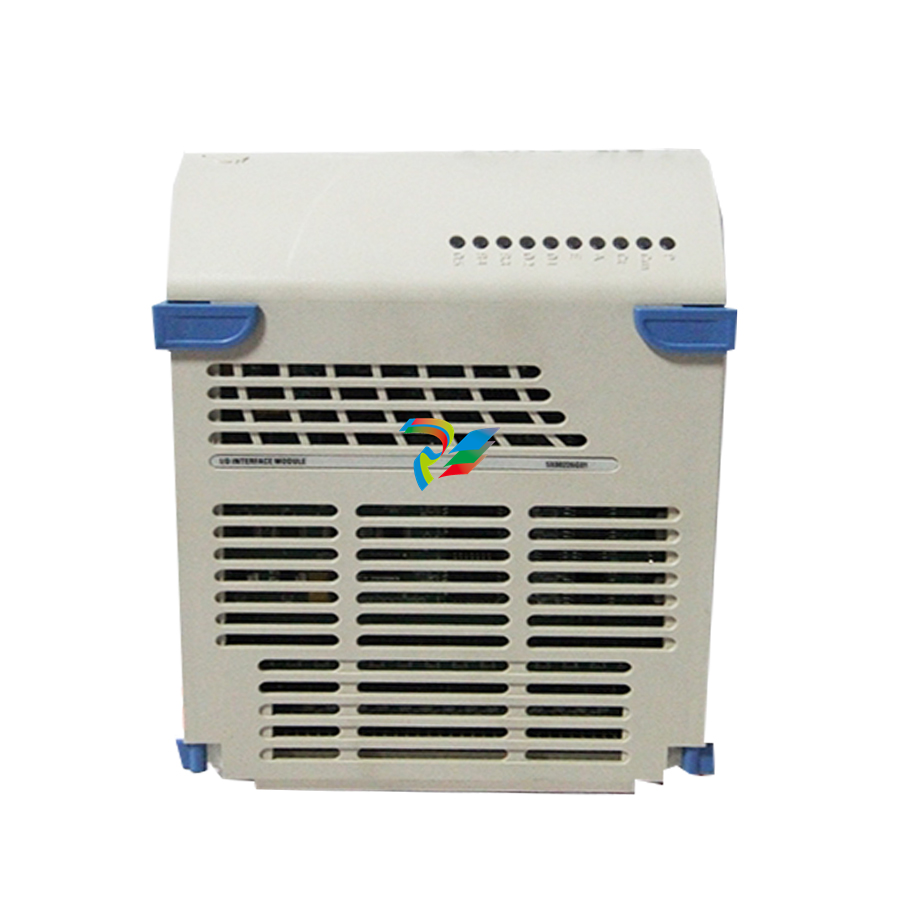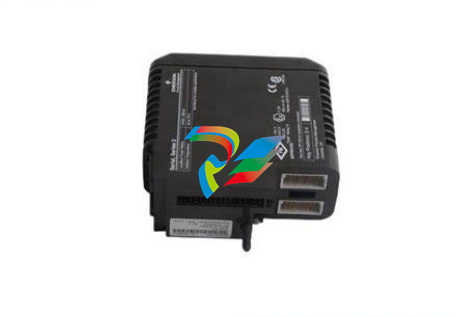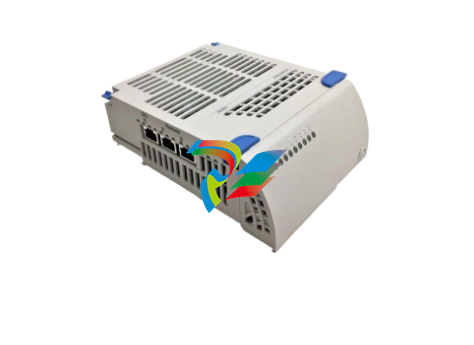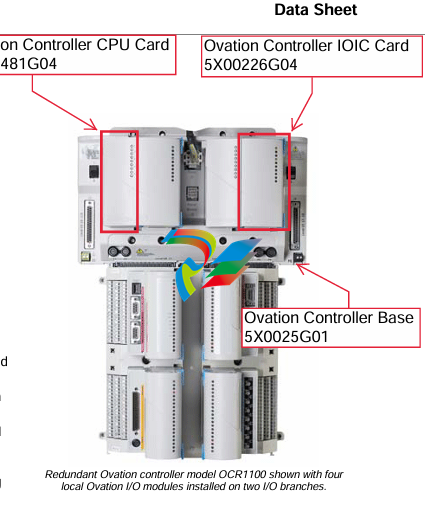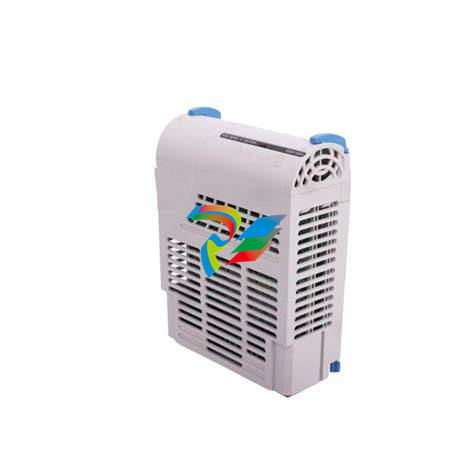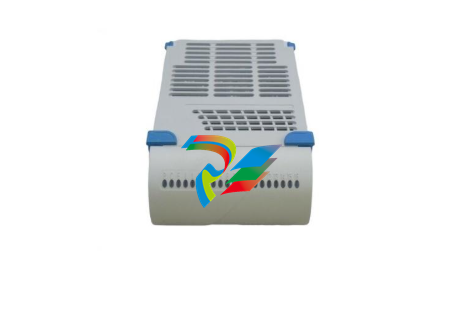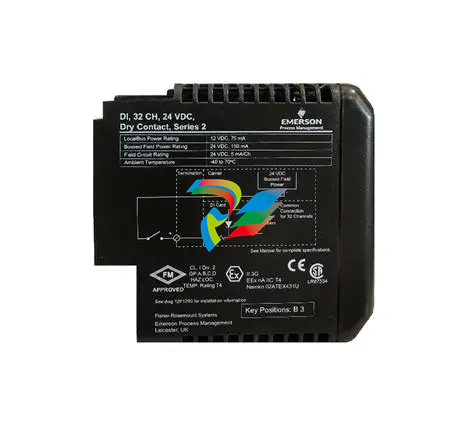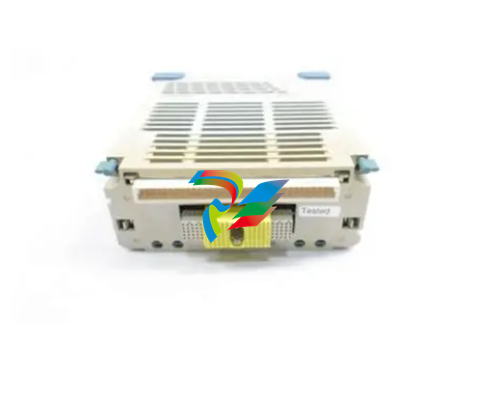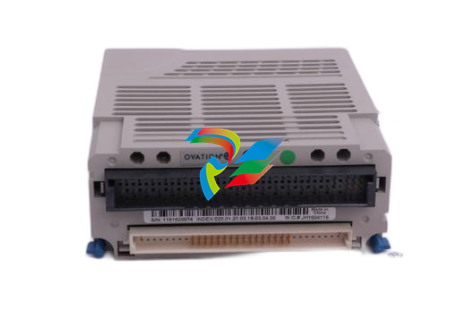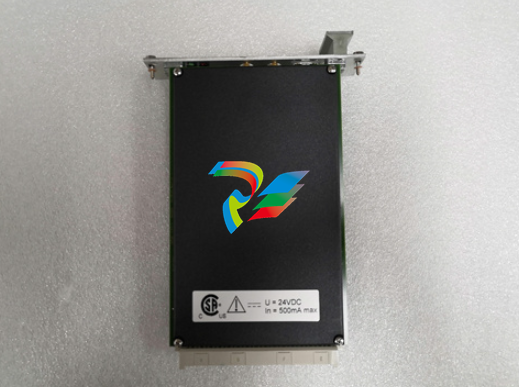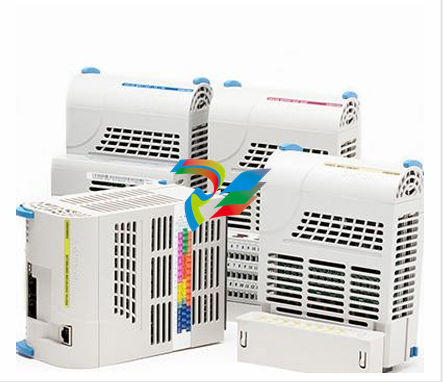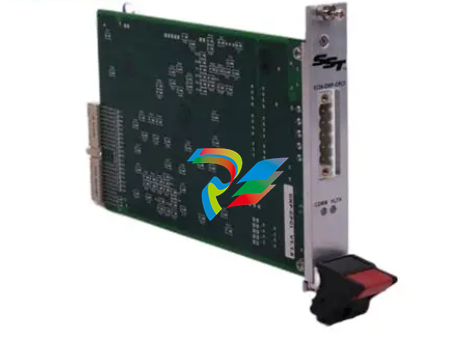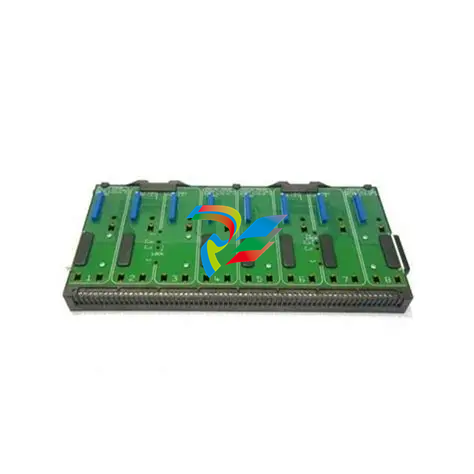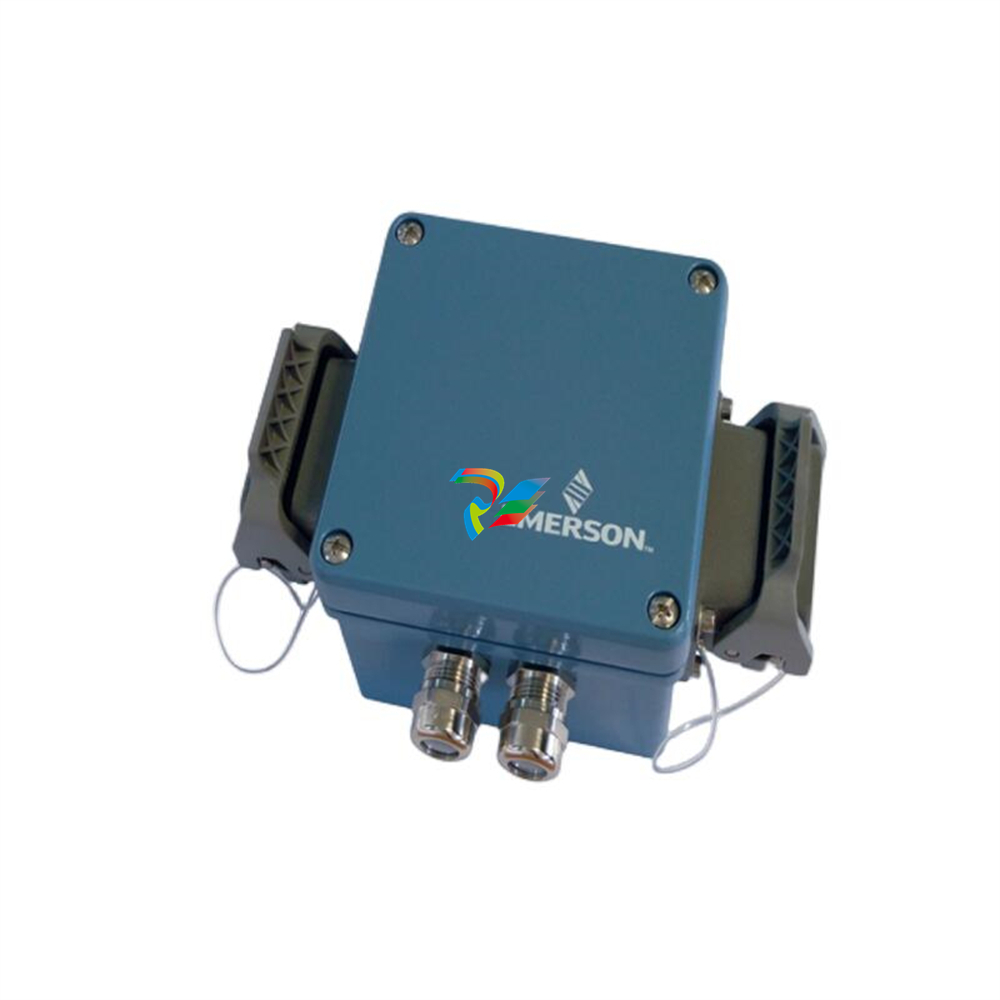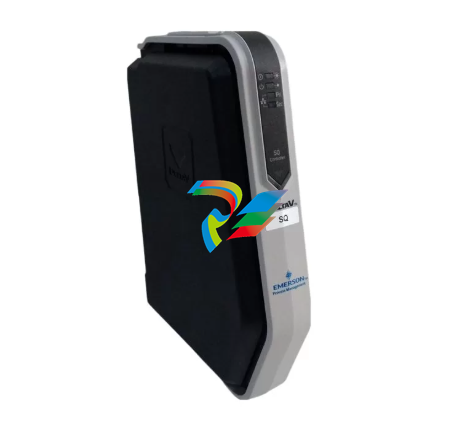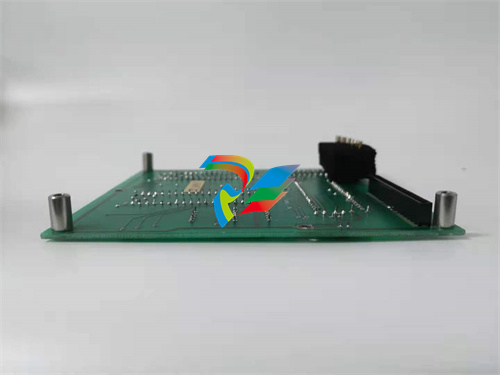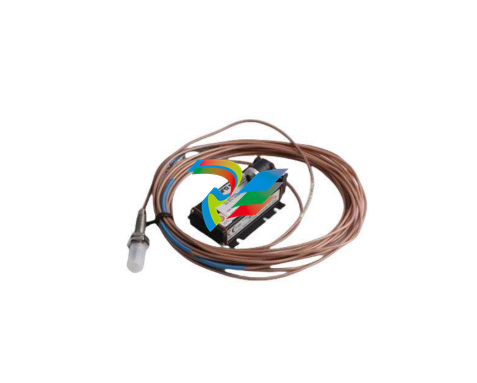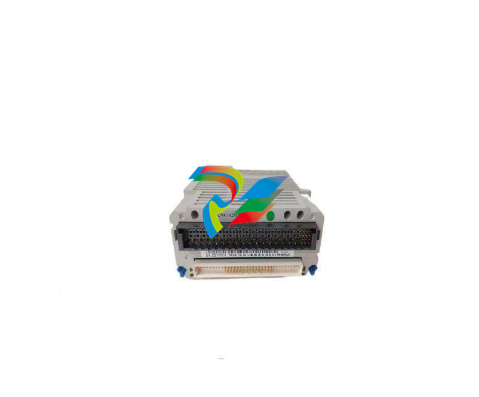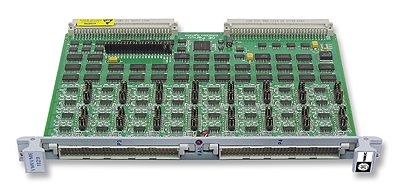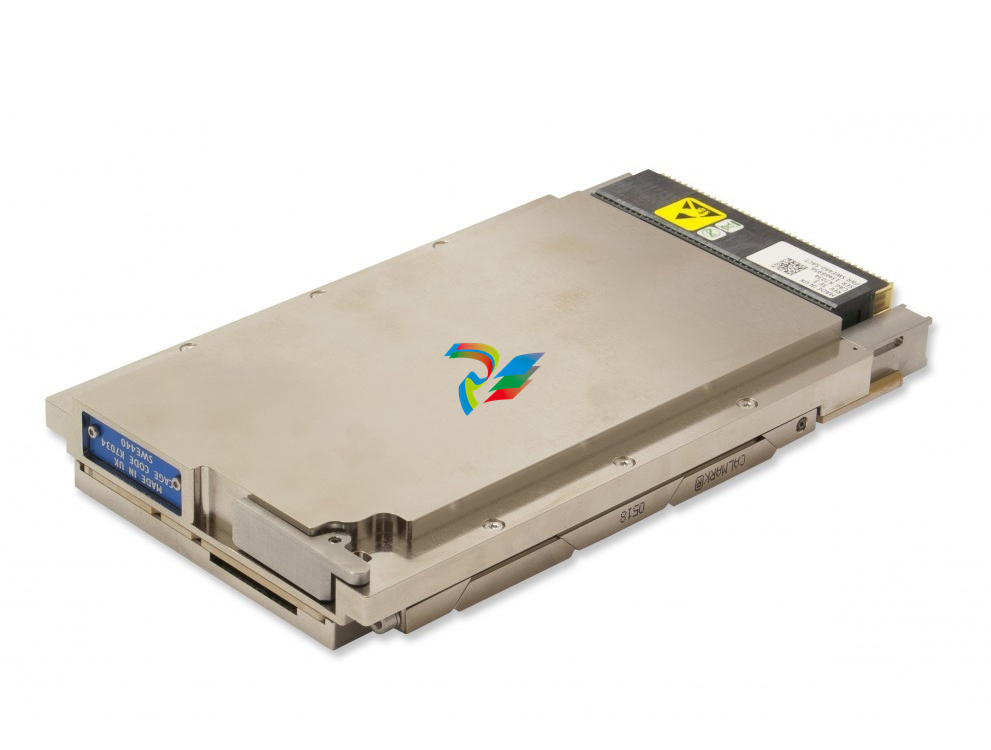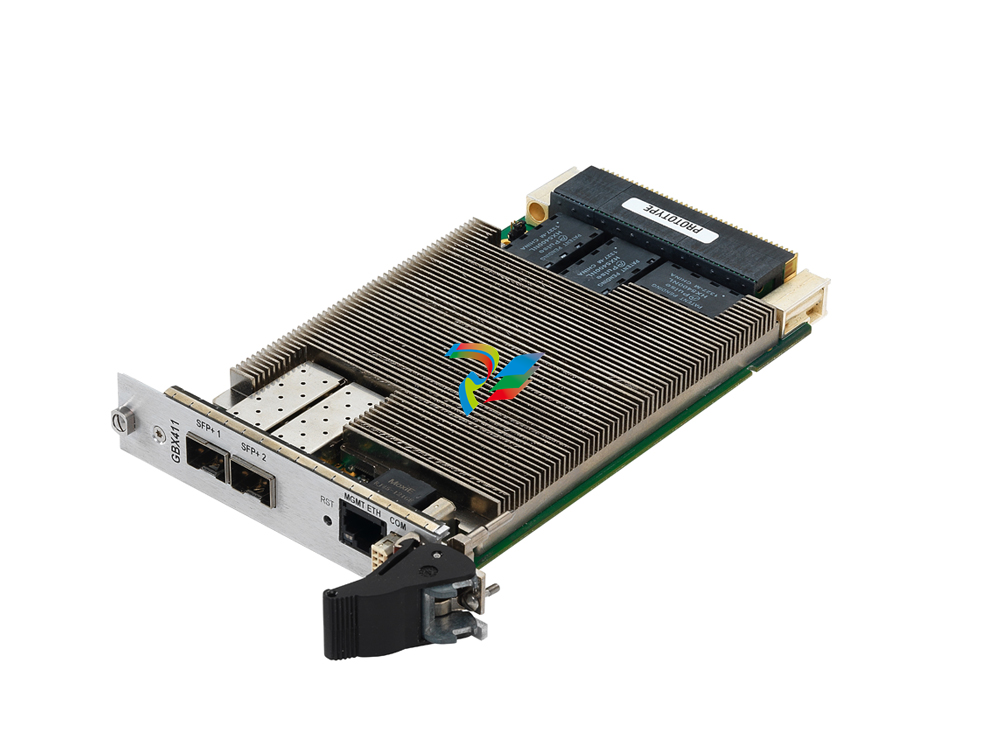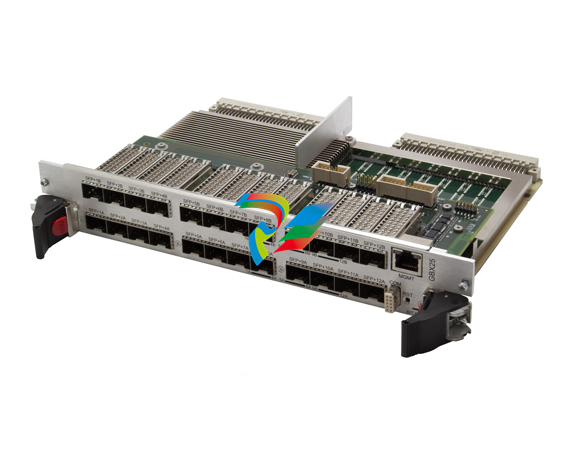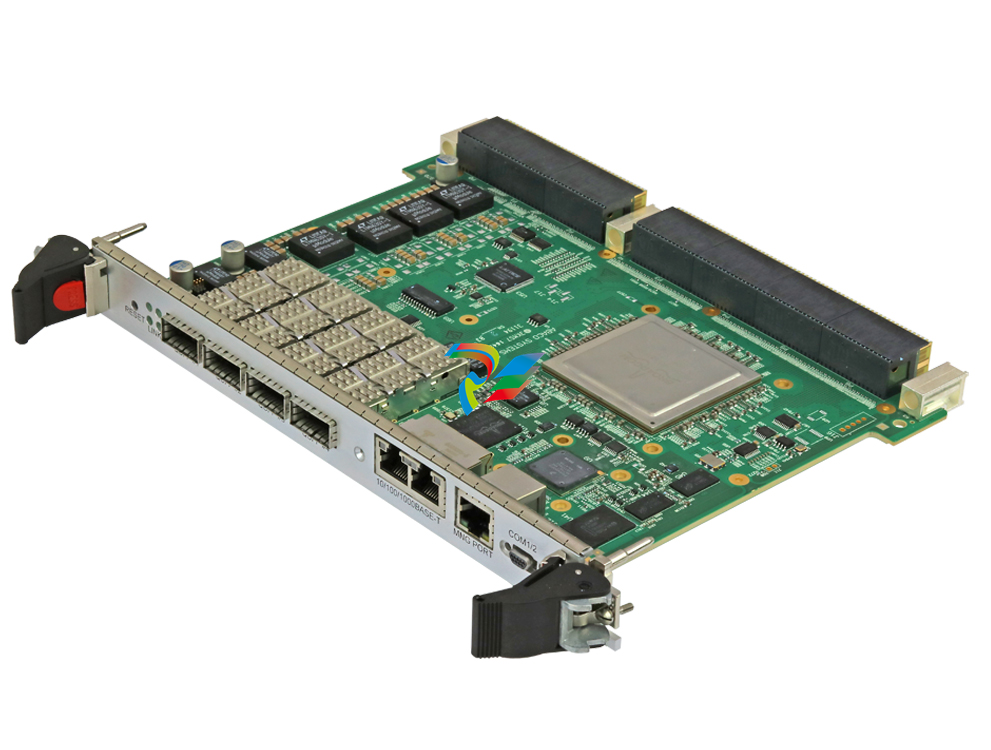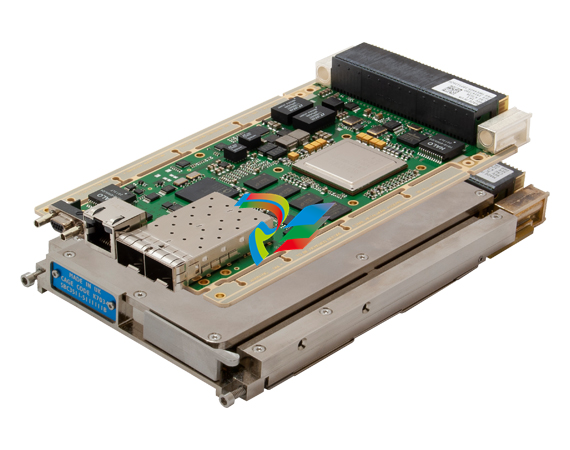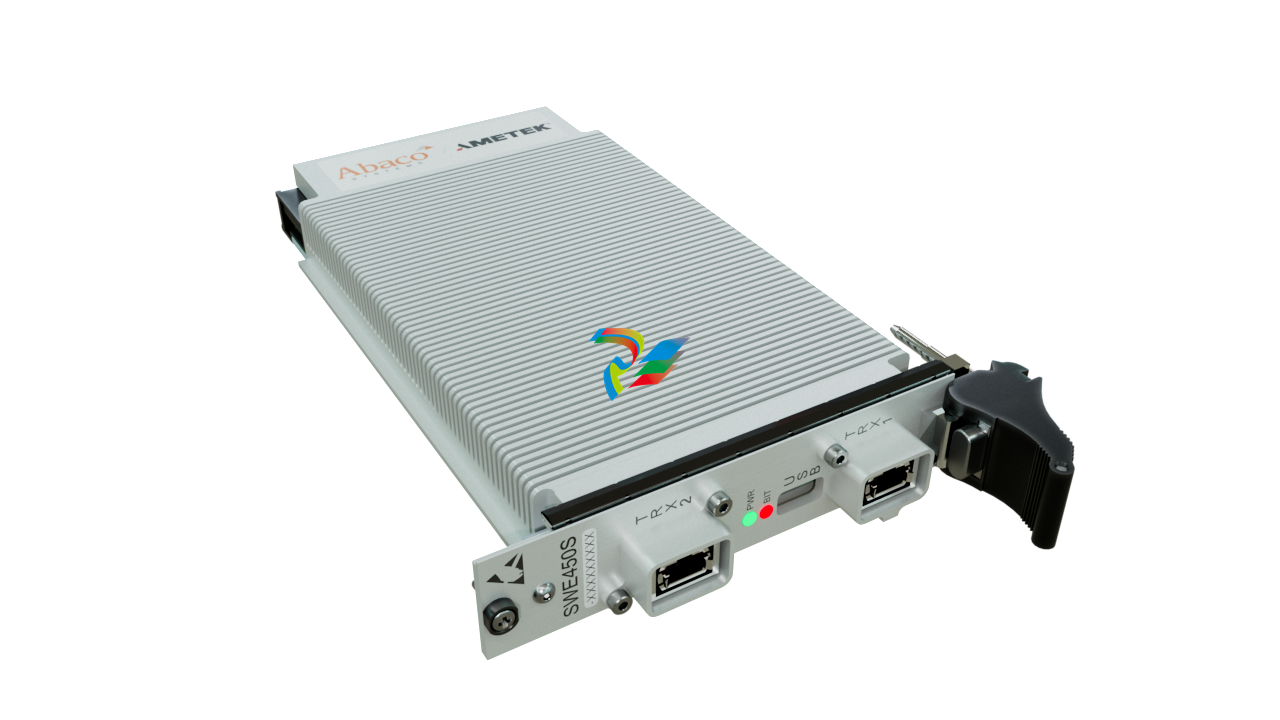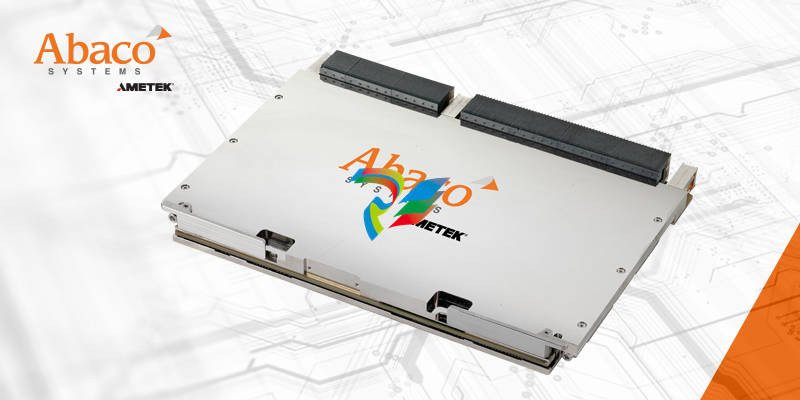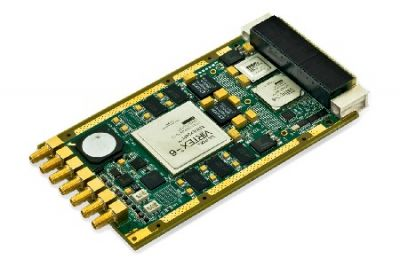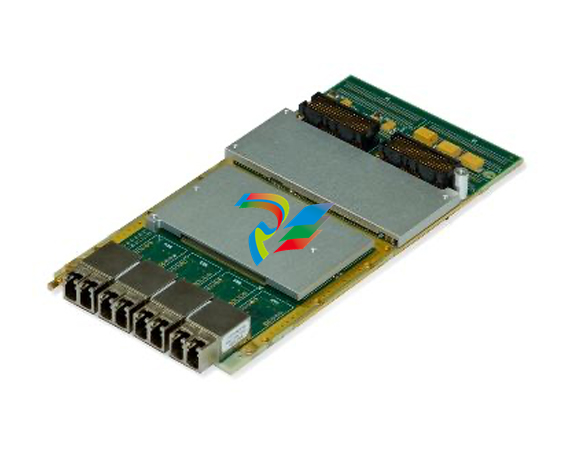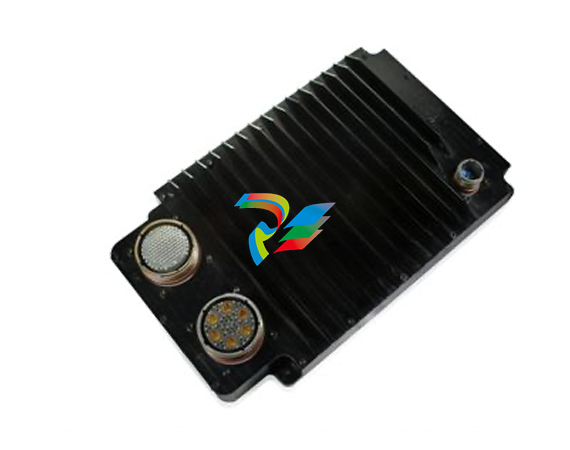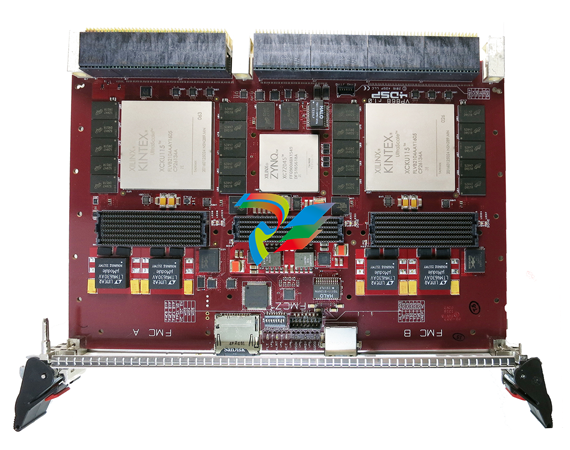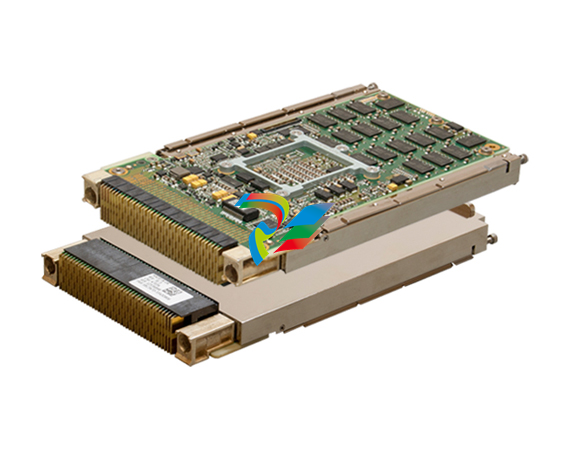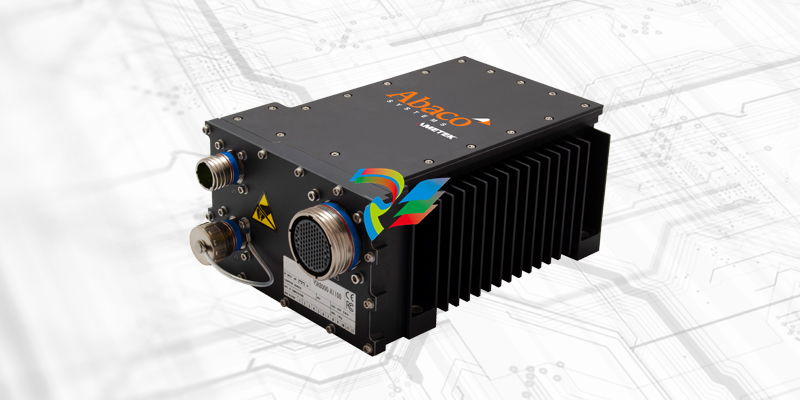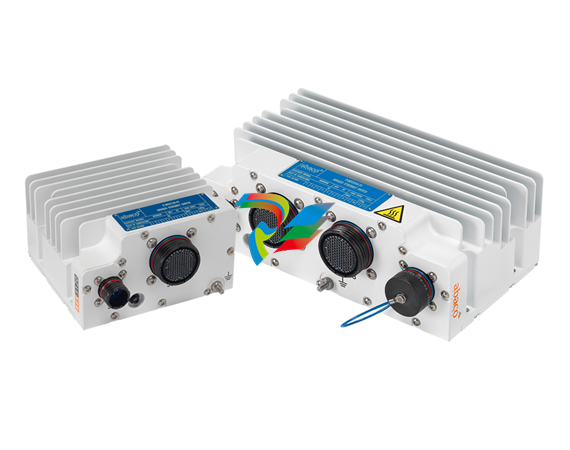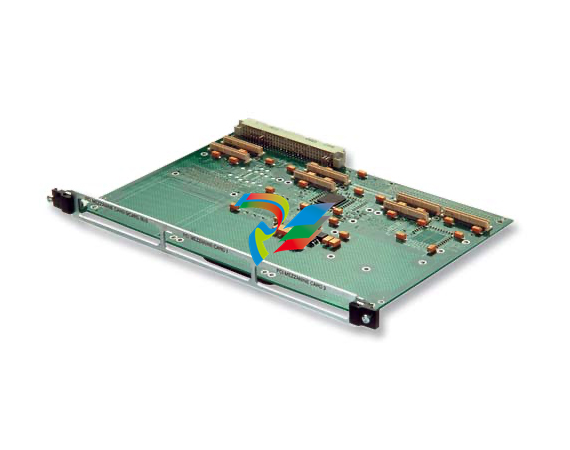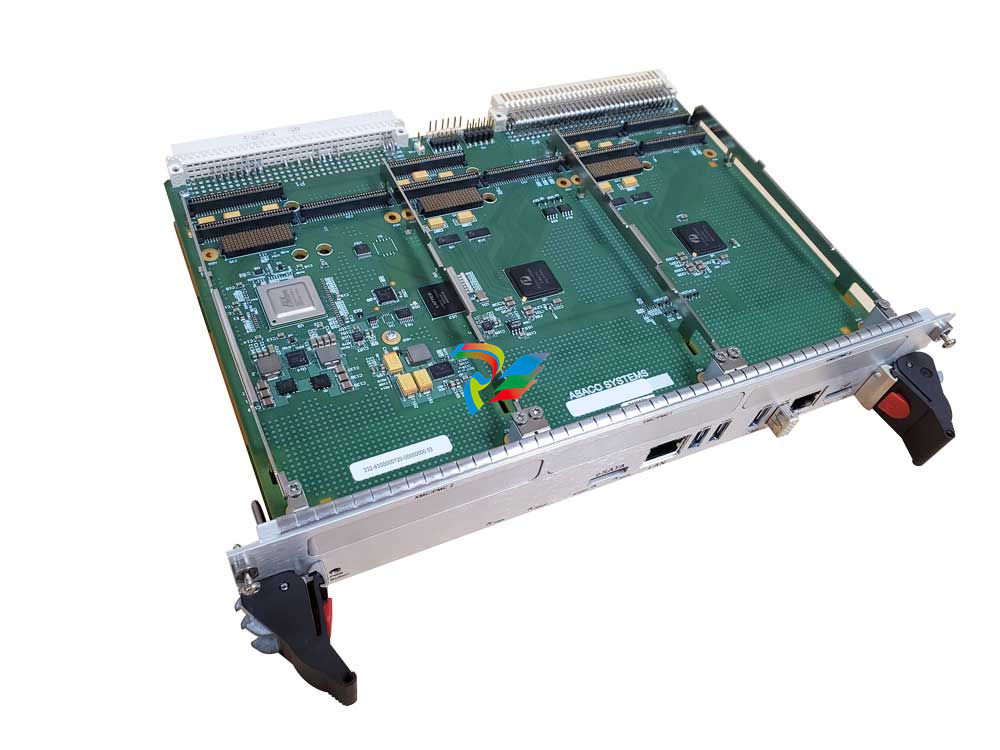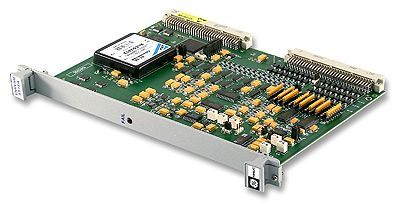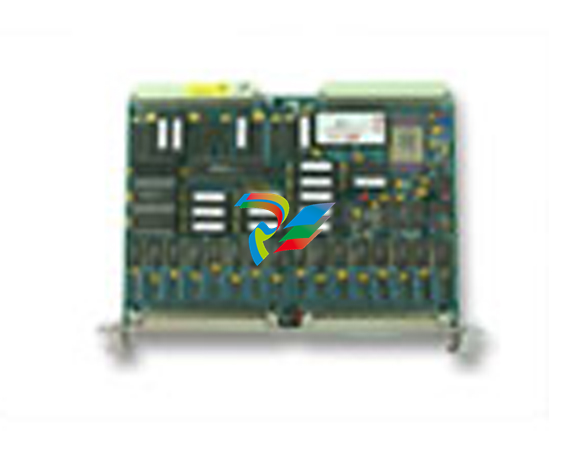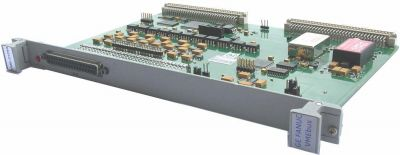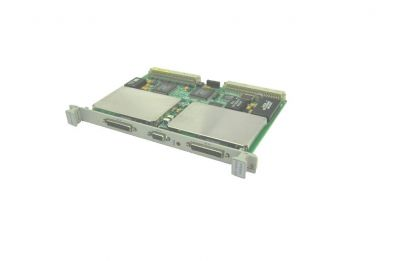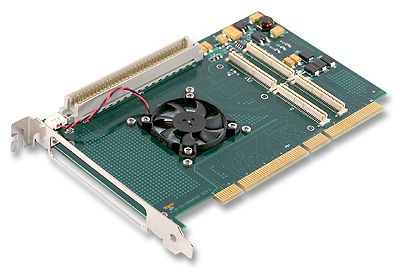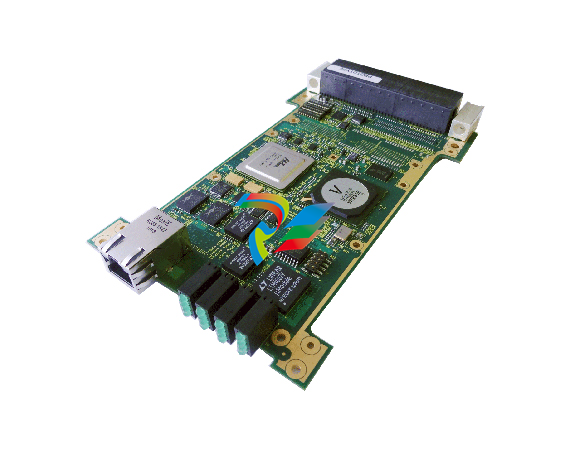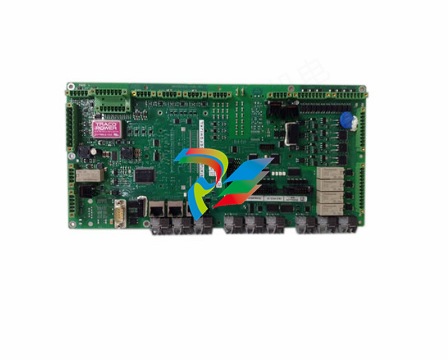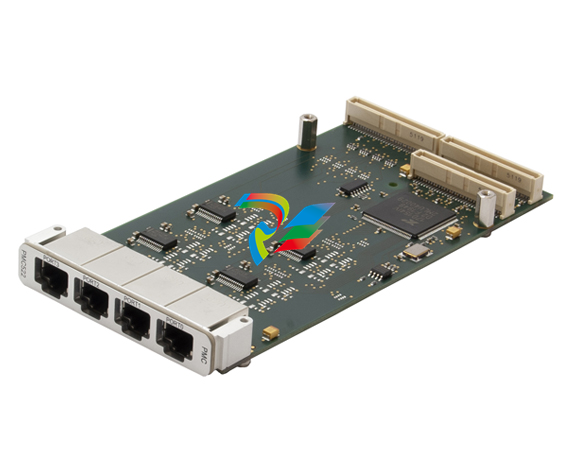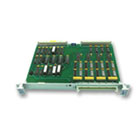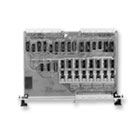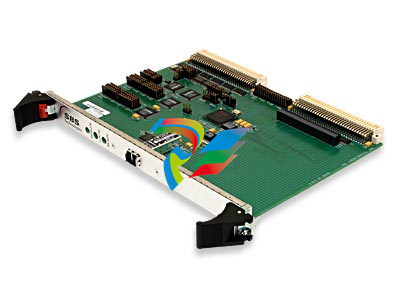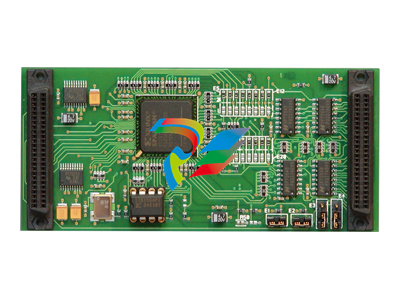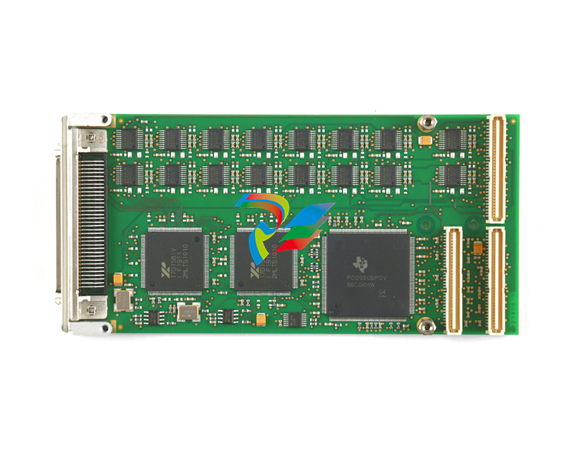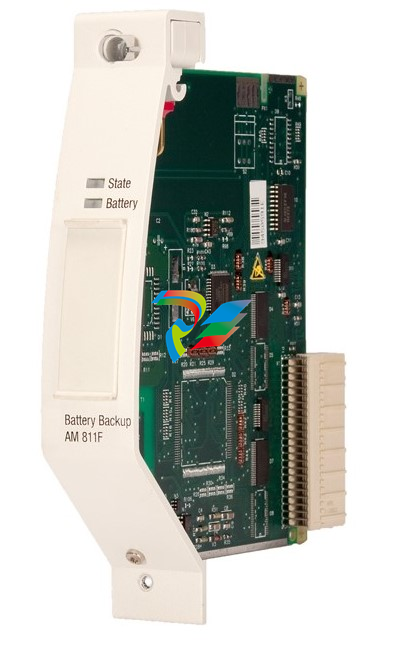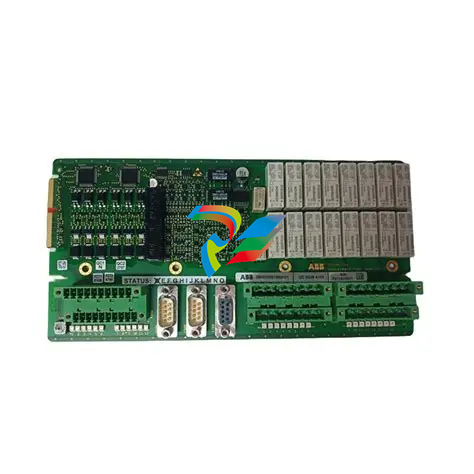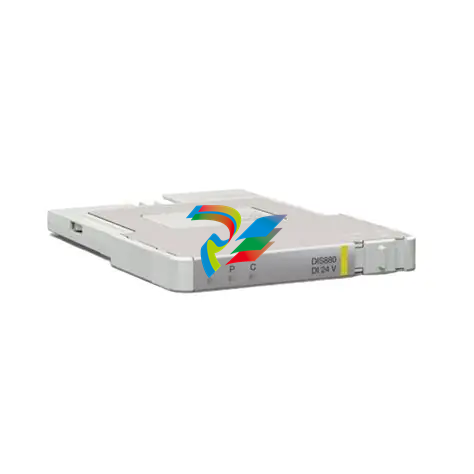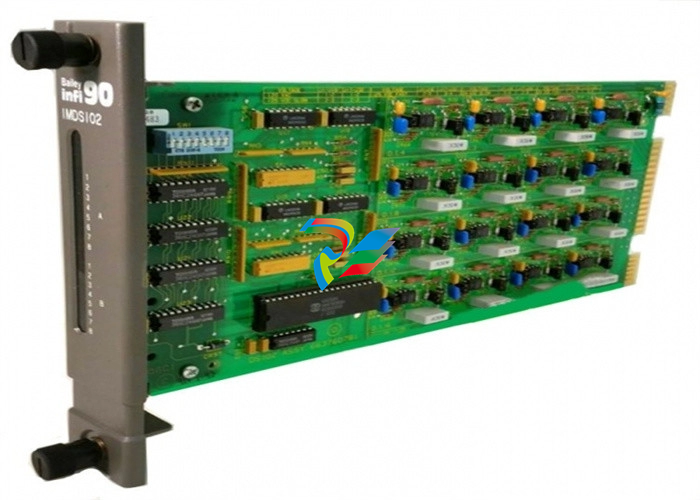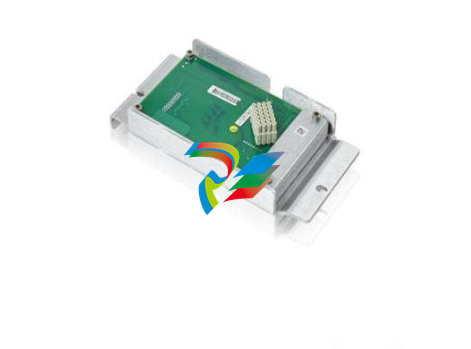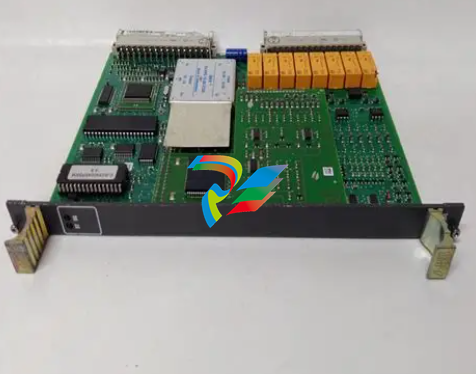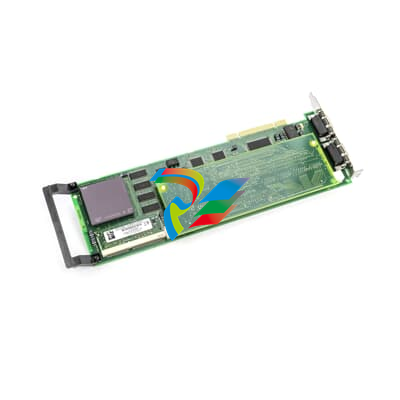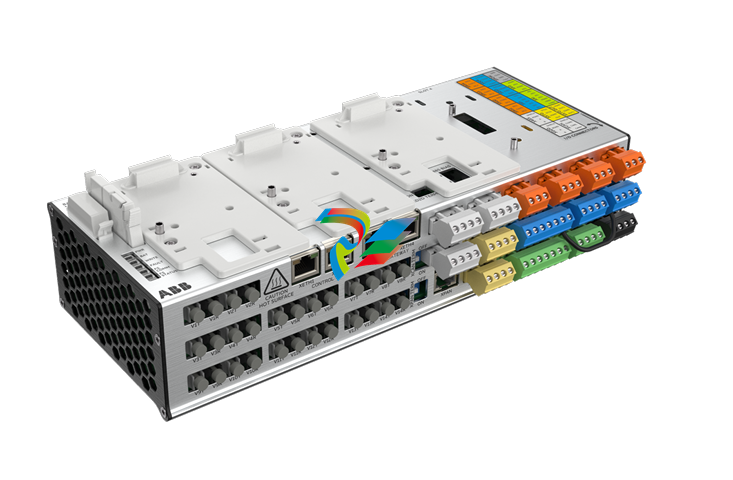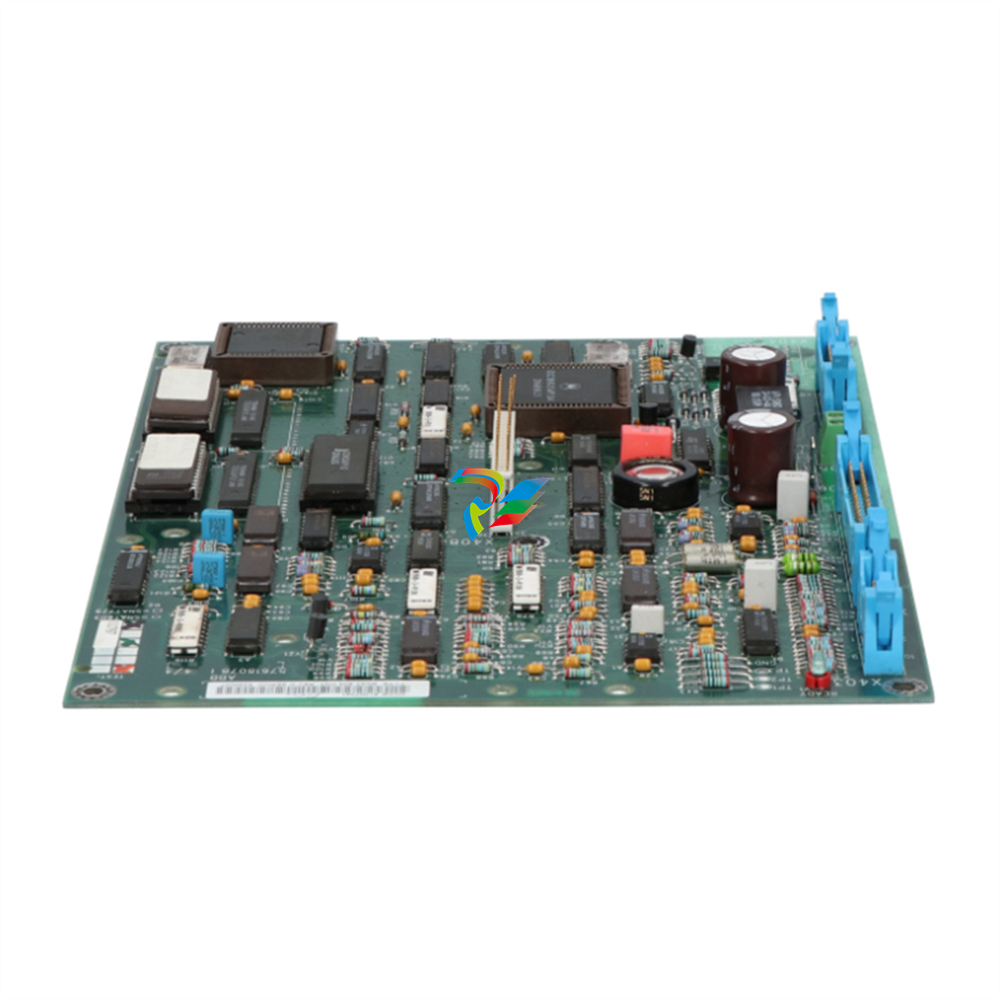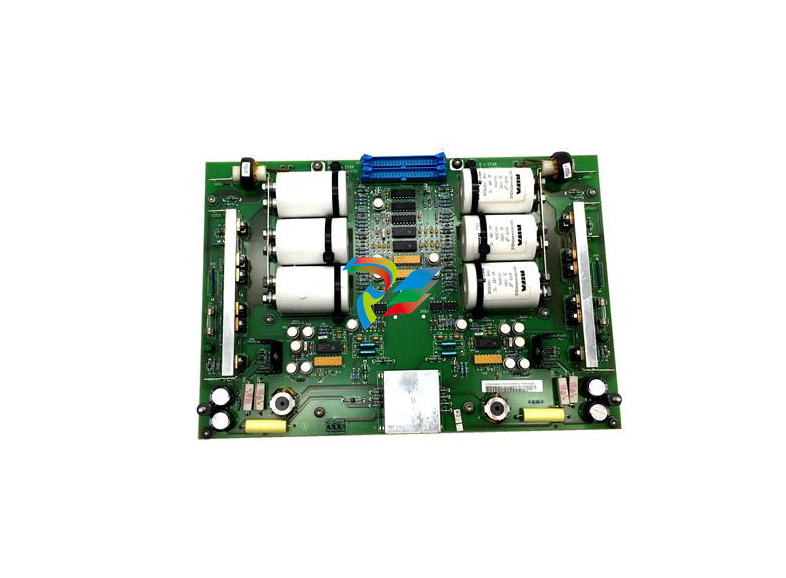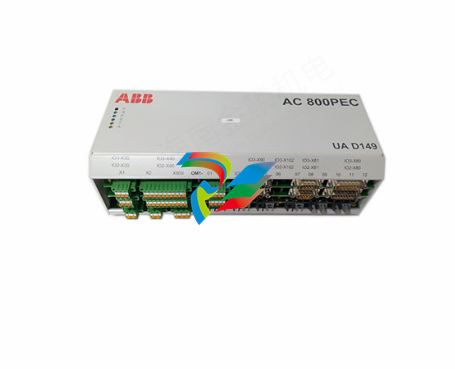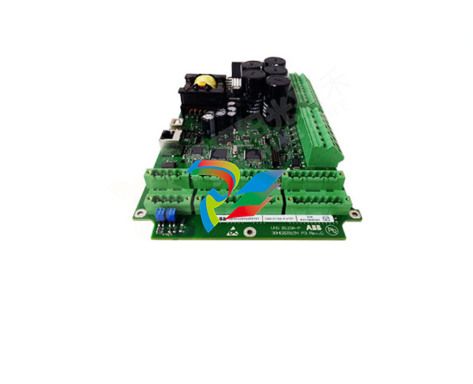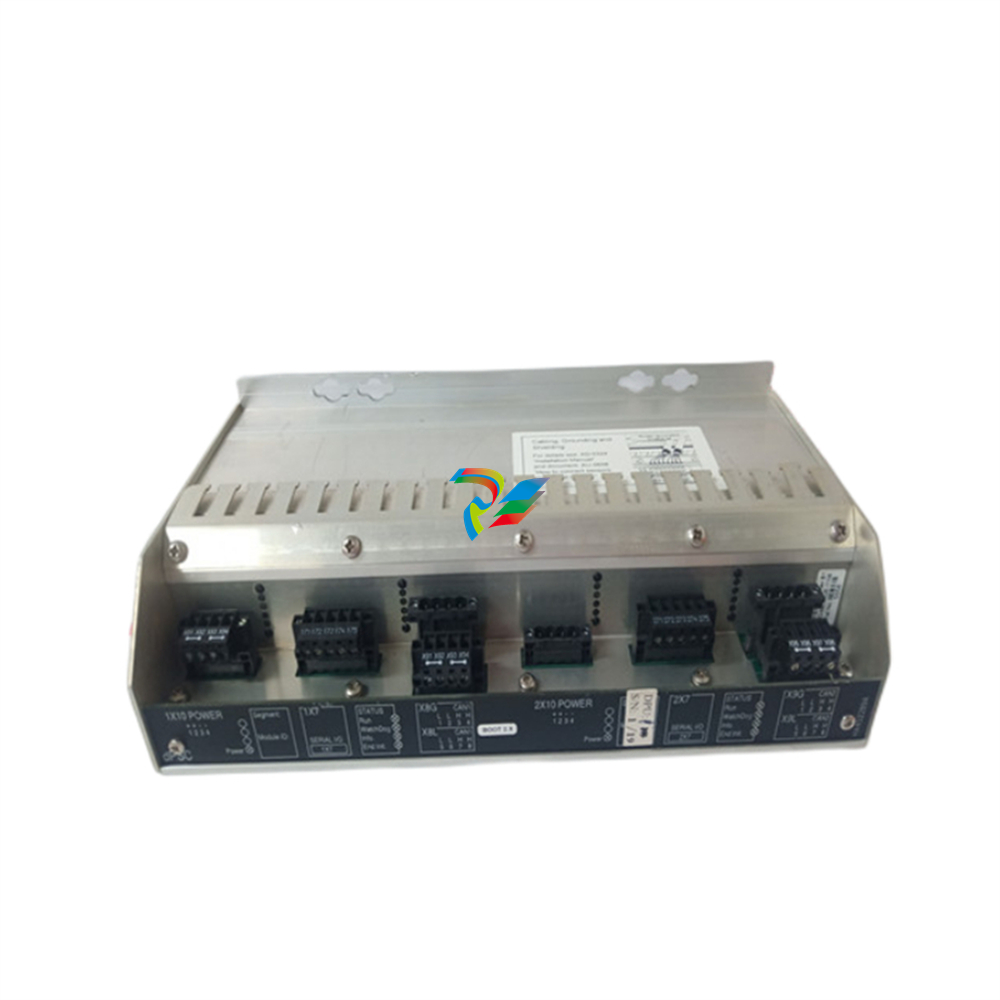
ABBAC 800M Controller Hardware Product Guide
NOTICE
This document contains information about one or more ABB products and may include a
description of or a reference to one or more standards that may be generally relevant to
the ABB products. The presence of any such description of a standard or reference to a
standard is not a representation that all of the ABB products referenced in this document
support all of the features of the described or referenced standard. In order to determine
the specific features supported by a particular ABB product, the reader should consult the
product specifications for the particular ABB product.
ABB may have one or more patents or pending patent applications protecting the intellectual property in the ABB products described in this document.
The information in this document is subject to change without notice and should not be
construed as a commitment by ABB. ABB assumes no responsibility for any errors that
may appear in this document.
In no event shall ABB be liable for direct, indirect, special, incidental or consequential
damages of any nature or kind arising from the use of this document, nor shall ABB be
liable for incidental or consequential damages arising from use of any software or hardware described in this document.
This document and parts thereof must not be reproduced or copied without written permission from ABB, and the contents thereof must not be imparted to a third party nor used
for any unauthorized purpose.
The software or hardware described in this document is furnished under a license and
may be used, copied, or disclosed only in accordance with the terms of such license. This
product meets the requirements specified in EMC Directive 2004/108/EC and in Low Voltage Directive 2006/95/EC.
TRADEMARKS
All rights to copyrights, registered trademarks, and trademarks reside with their respective owners.
Copyright © 2003-2013 by ABB.
All rights reserved.
Release: February 2013
Document number: 3BSE036352-510 A
Electrostatic Sensitive Device
Devices labeled with this symbol require special handling precautions as
described in the installation section.
GENERAL
WARNINGS
Equipment Environment
All components, whether in transportation, operation or storage, must be
in a noncorrosive environment.
Electrical Shock Hazard During Maintenance
Disconnect power or take precautions to insure that contact with energized parts is avoided when servicing.
SPECIFIC
WARNINGS
-50, -63 and Page 70: It is not allowed to manipulate CEX bus base plates
in a powered and running system. Before changing or removing a base
plate, all CEX modules on that segment must be removed.
Page 177: Explosion hazard - Substitution of components may impair
suitability for Class I, Zone 2.
Page 177: Explosion hazard - Do not replace batteries unless the power
has been switched off or the area is known to be non-hazardous.
Page 178: Explosion hazard - Do not disconnect equipment unless the
power has been switched off or the area is known to be non-hazardous.
SPECIFIC
CAUTIONS
Page 13: This Product guide does not contain last-minute product information and updates which might affect functionality and/or performance.
For information on late changes and restrictions, please refer to the
Release Notes, Control Software for AC 800M (3BSE021377*).
Page 54: Always check that the CPU and other hardware units have the
correct firmware version, before installing them. If the CPU is empty, CPU
firmware must be loaded via the COM4 port.
SPECIFIC
CAUTIONS
(continued)
Page 175: If you use other power supplies, except SD82X and SD83X, to
provide the 24V d.c. for AC 800M it is required that they also are CE
marked, UL listed and fulfill the LVD (SELVand PELV).
Page 176: The AC 800M modules are to be considered as open equipment, according to EN 61131-2 and UL508, and must be mounted in
non-public localities.
General
This Product Guide is primarily intended for sales representative within ABB.
An additional user group may be internal ABB customers and important external
customers, using the Product Guide as a complement to existing product
information.
Document Conventions
Microsoft Windows conventions are normally used for the standard presentation of
material when entering text, key sequences, prompts, messages, menu items, screen
elements, etc.
Warning, Caution, Information, and Tip Icons
This publication includes Warning, Caution, and Information where appropriate
to point out safety related or other important information. It also includes Tip to
point out useful hints to the reader. The corresponding symbols should be
interpreted as follows:
This Product guide does not contain last-minute product information and updates
which might affect functionality and/or performance. For information on late
changes and restrictions, please refer to the Release Notes, Control Software for
AC 800M (3BSE021377*).
Electrical warning icon indicates the presence of a hazard which could result in
electrical shock.
Warning icon indicates the presence of a hazard which could result in personal
